While in Lisbon recently I wanted to visit the Museu do Oriente, a museum dedicated to the Portuguese presence in Asia. Portugal’s principal possessions in Asia comprised Goa, Malacca, East Timor and Macau together with a trading post in Nagasaki, all places which are relevant to the theme of this blog.

The museum, together with its parent organisation the Fundação Oriente, is housed in a former dock-side warehouse which used to belong to the Comissão Reguladora do Comércio de Bacalhau (commission for regulating the trade of cod).
The museum’s permanent exhibitions cover two floors, the lower floor containing the items relating to the Portuguese colonial period in Asia and the upper floor housing the Kwok On Collection of over 13,000 pieces connected with performing arts in Asia.
The Macau section covers the most floorspace which is not surprising since Portugal controlled the territory for nearly 450 years.
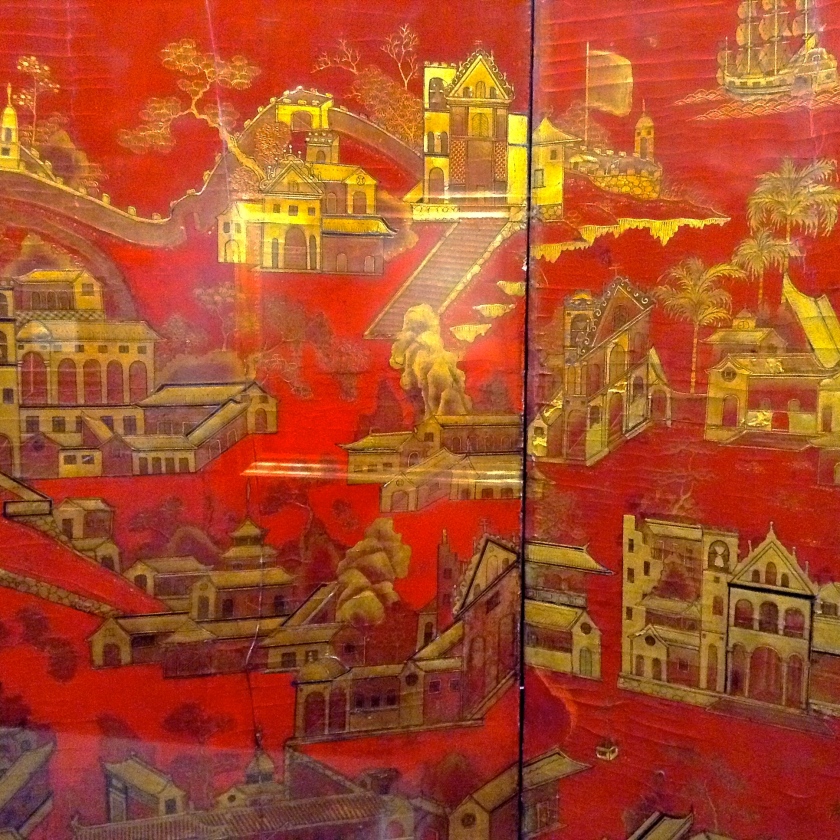
This handsome lacquer screen portrays some of the major landmarks of Macau including St. Paul’s Church (of which only the facade still remains), Mount Fortress and A-Ma Temple.
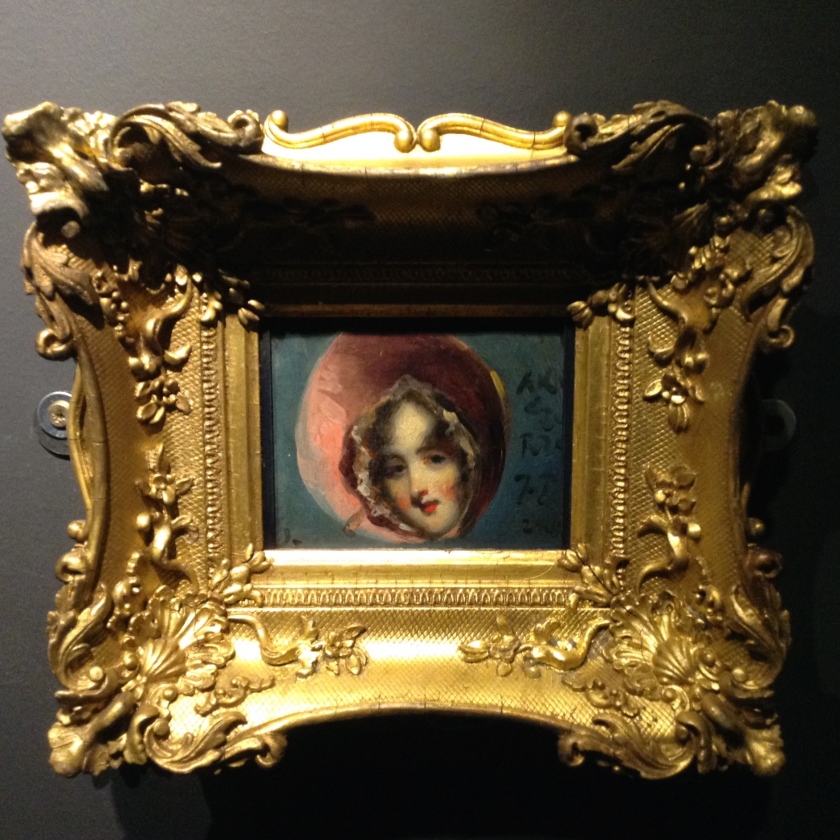
Some works by the English painter George Chinnery (1774 – 1852), who lived in Macau from 1825 until his death, are featured in the museum.
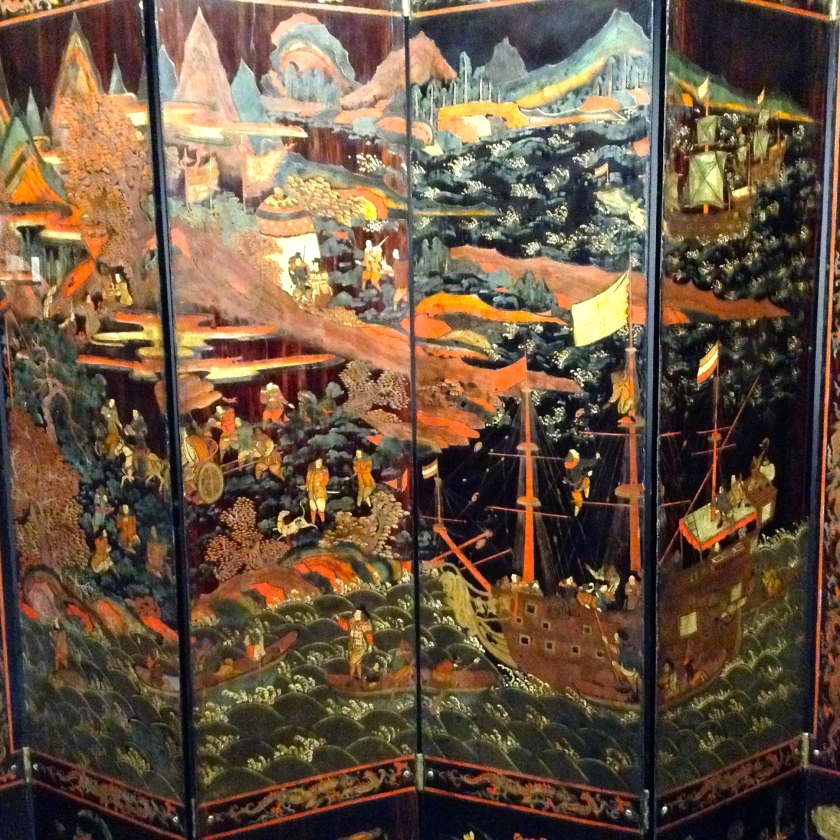
Another lacquer screen from the 17th Century shows a Portuguese trading carrack in the process of disembarking its cargo in China to trade with the Chinese.
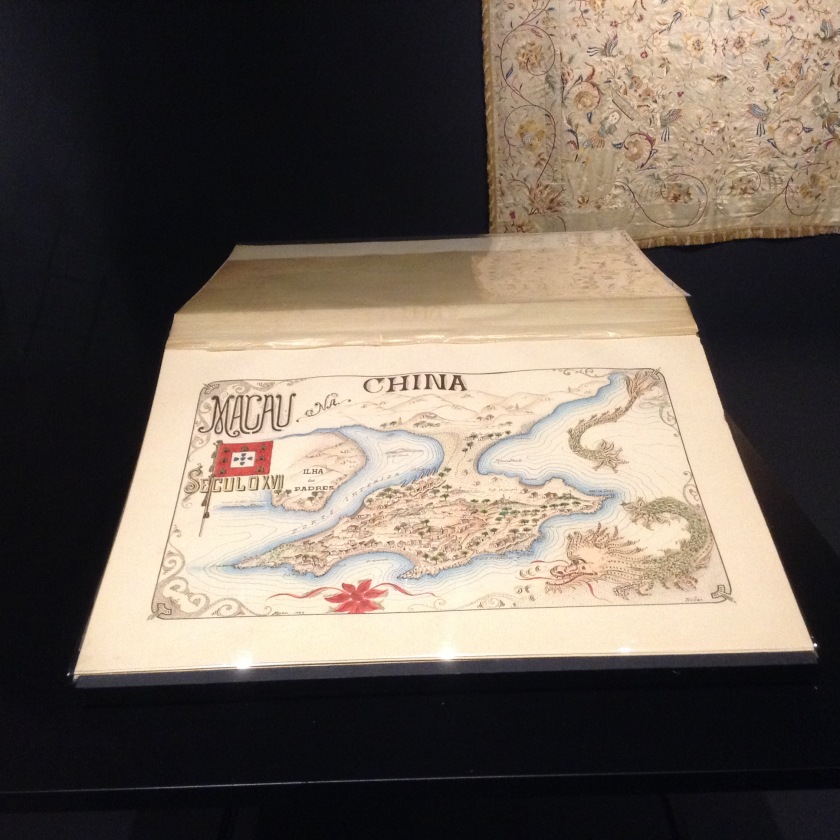
One of the world’s thinnest books must be this atlas of Portuguese possessions in southern China by Albino Ribas da Silva (1868-1934). It consists of just 8 pages, all of Macau.
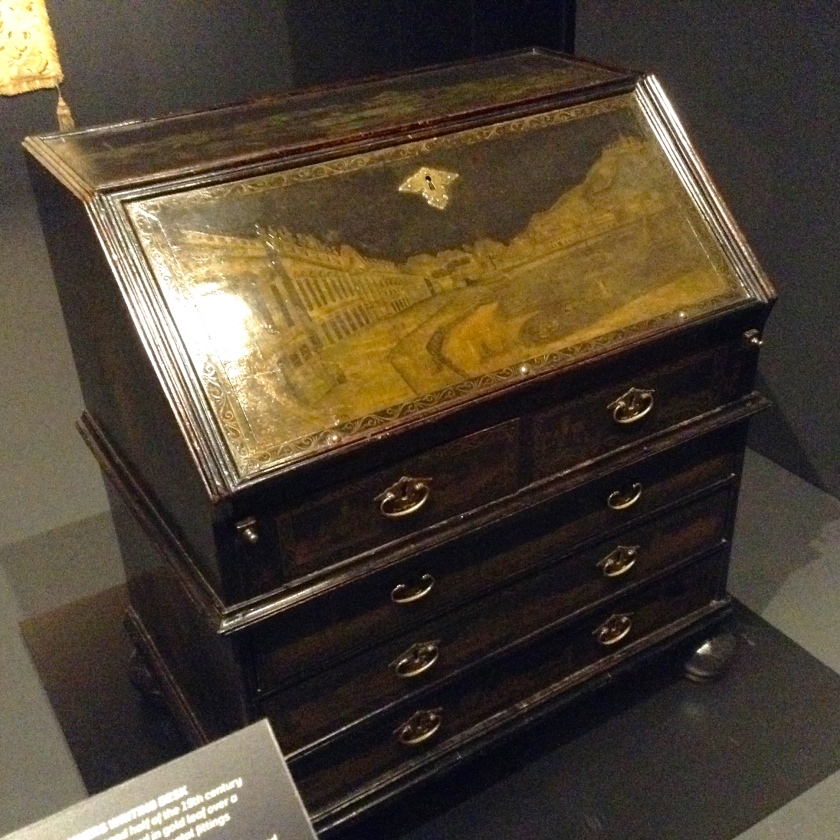
This European style bureau or writing desk has been decorated with a black and gold lacquer illustration of the Praia Grande, Macau’s seafront promenade.
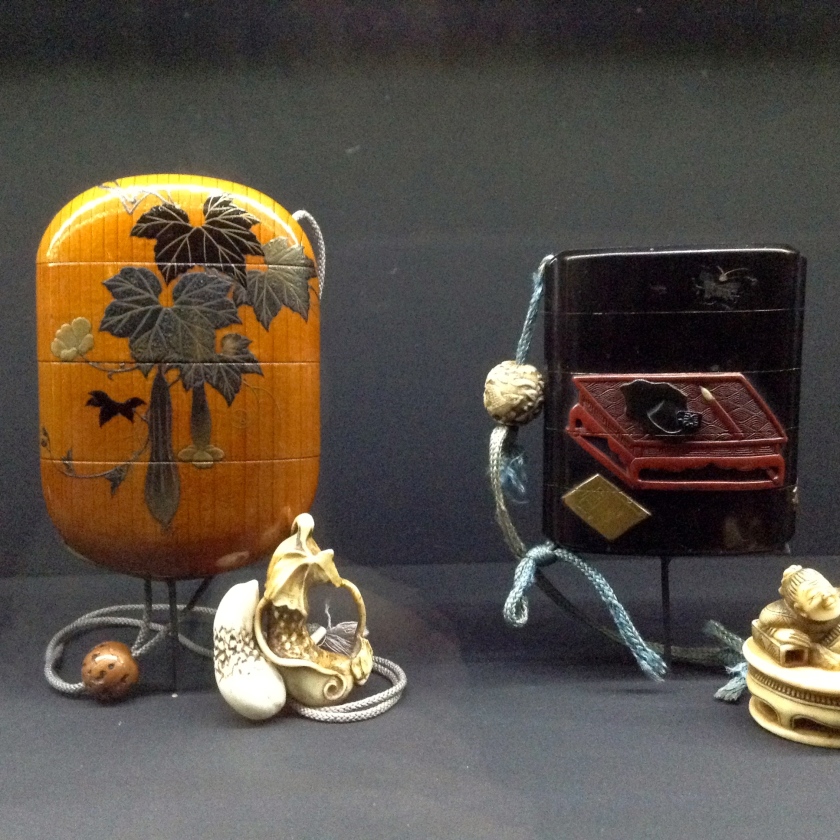
Over in the Japanese section is a fine collection of inro, beautifully crafted wooden boxes used for carrying small items (since Japanese men did not have pockets in their traditional robes).
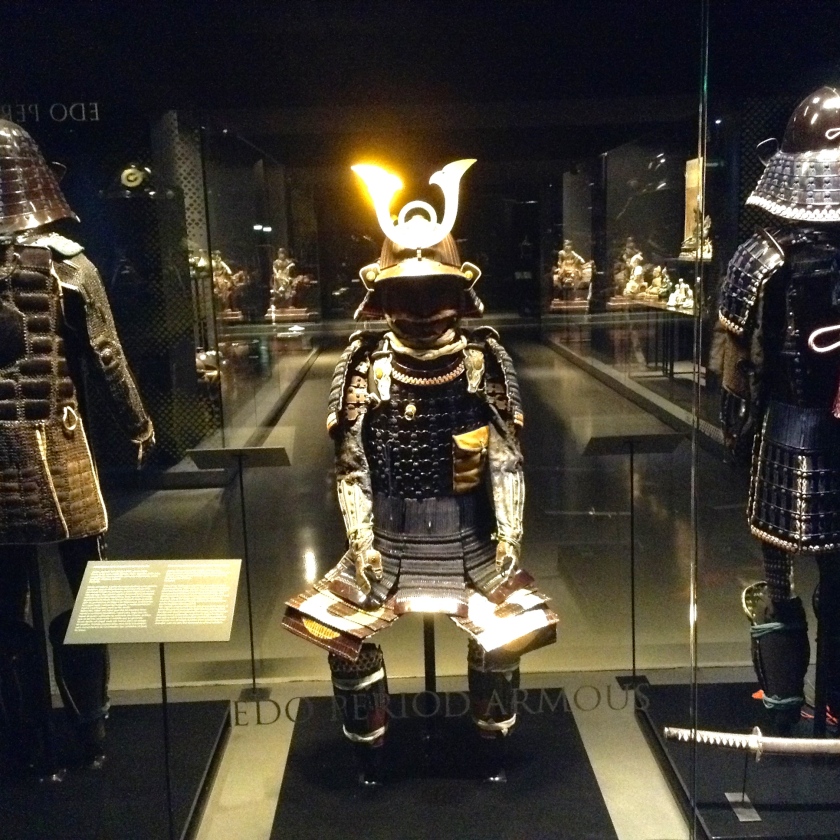
Portuguese traders and missionaries were tolerated in Nagasaki for 50 years or so until Tokugawa Ieyasu took power and expelled the foreigners in 1614. Portugal is credited with introducing tempura, firearms and Christianity to Japan among other things.
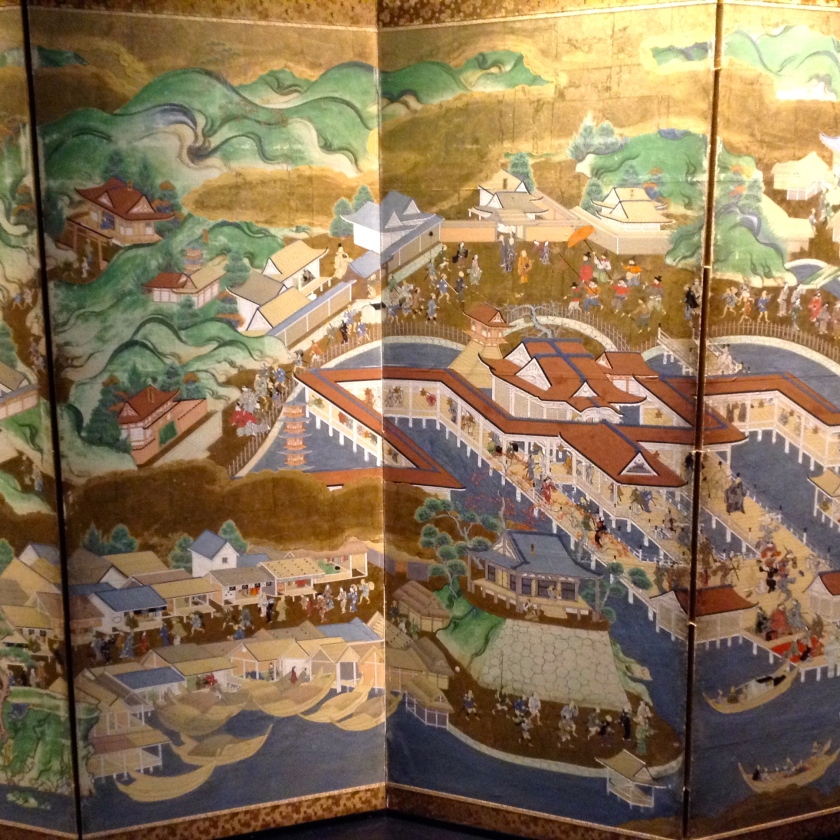
This Japanese screen shows a Portuguese delegation with its leader sheltered by the yellow umbrella.

East Timor was a Portuguese colony until 1975 when it became part of Indonesia. It broke away from Indonesia and gained independence in 2002. Timur is Malay for east so the country’s name means east-east which is a bit odd, like Gili Islands in Lombok which means island-islands. According to the museum, Timur was so-named because it was the most easterly island in the Sunda archipelago searched by Malays, Indians, Arabs and Chinese in their search for white sandalwood which grew in abundance in the area.
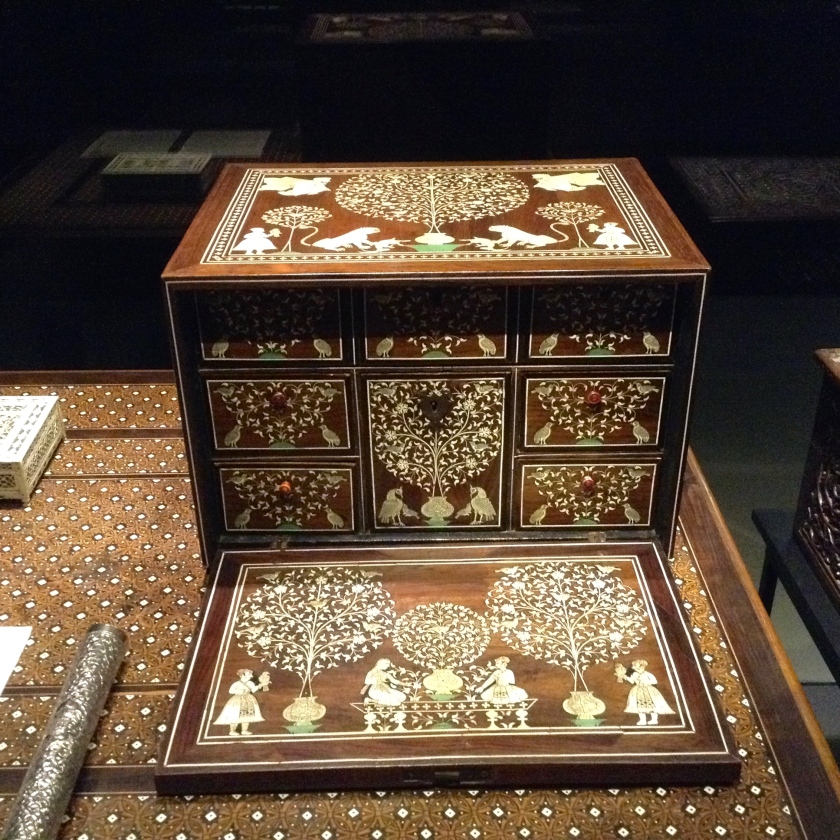
The Indian section contains some attractive pieces such as this inlaid cabinet and desk.
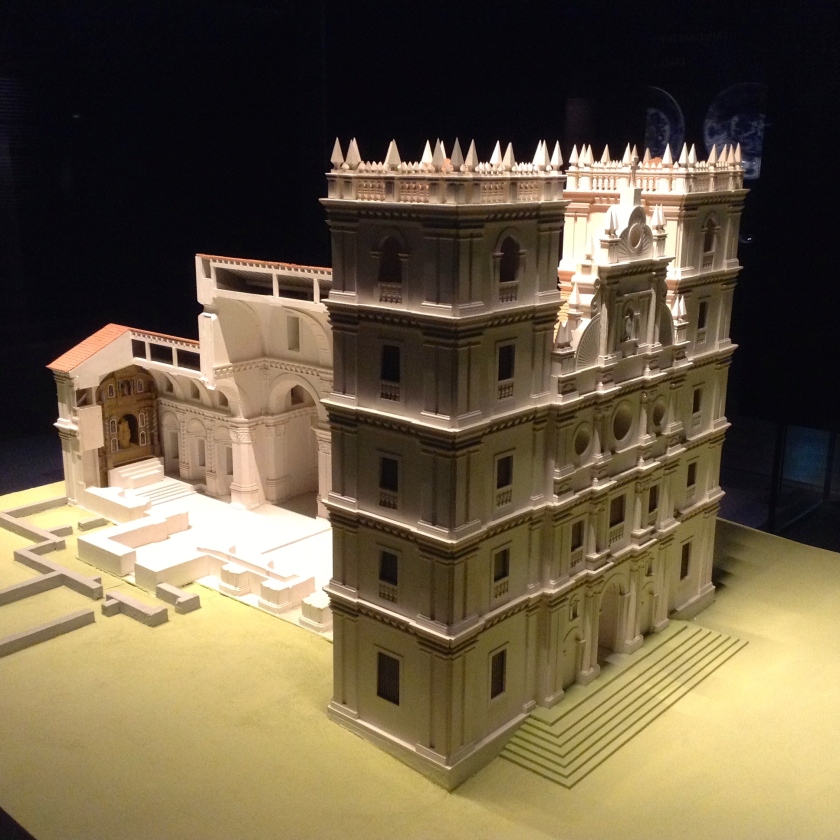
This is a scale model of the Church of Santana in Talaulim, Goa. The church, which still stands, was built between 1681 and 1695 and marks a turning point in Luso-Indian architecture.
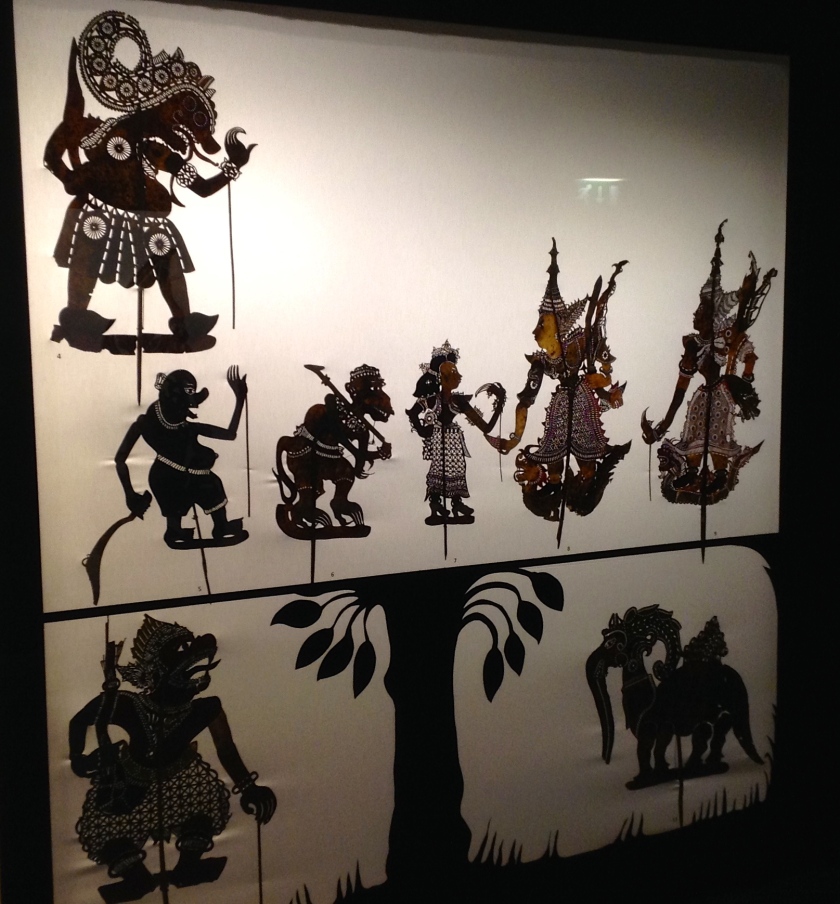
The town of Malacca hardly gets a mention in the museum which is disappointing. However Malaysia does feature in the performing arts section with Wayang Siam shadow theatre puppets on display. Wayang Siam exists in Kelantan and is heavily influenced by Thai and Javanese shadow theatre traditions.
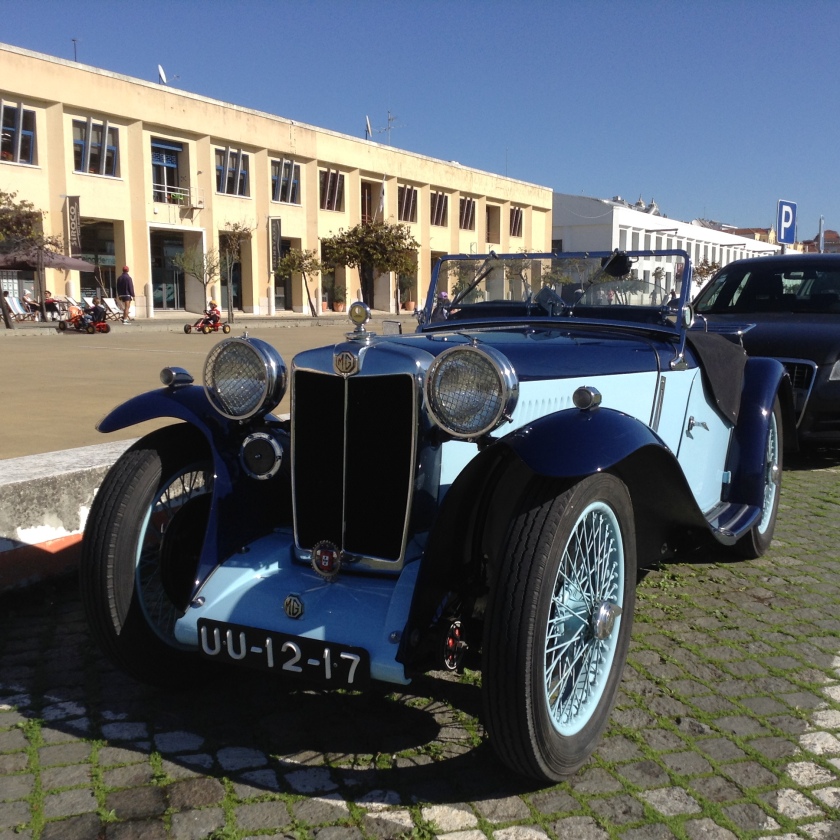
This lovely MG car is not part of the museum but was parked outside. If you want to find out more about the museum you can visit their official website.
